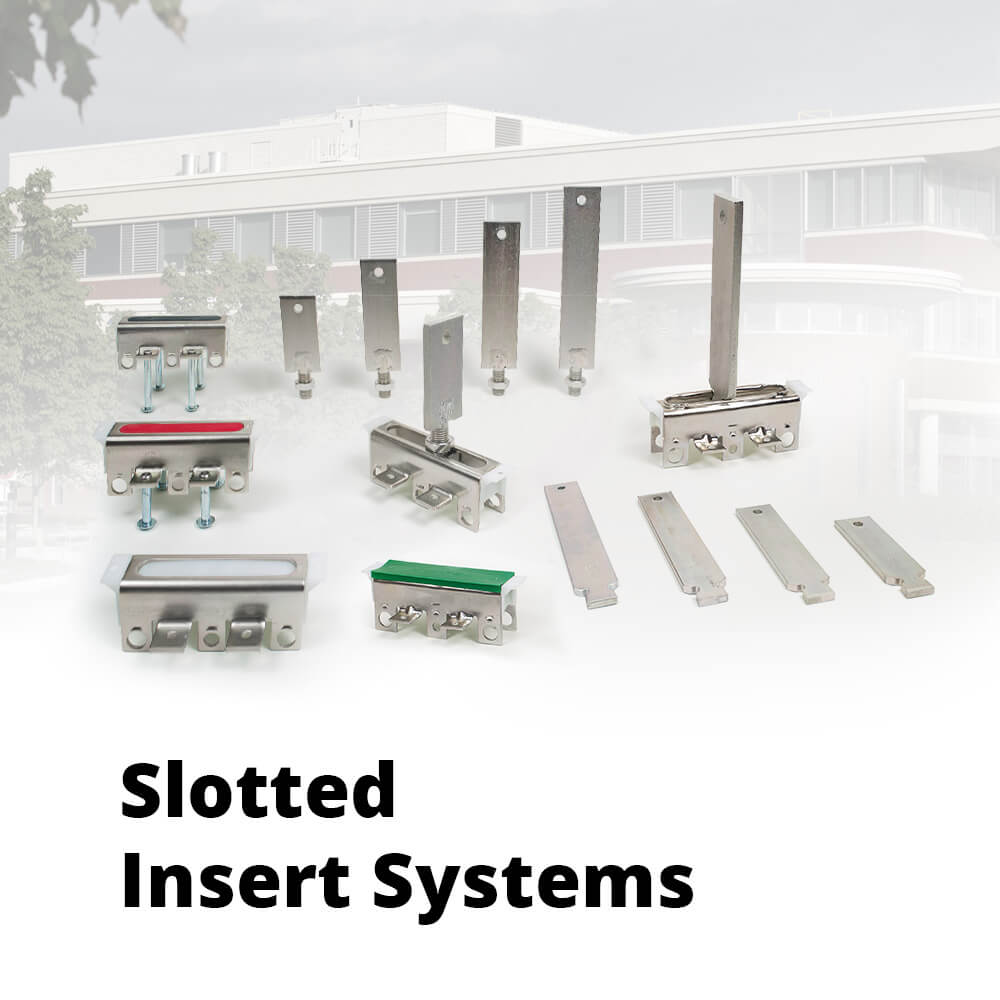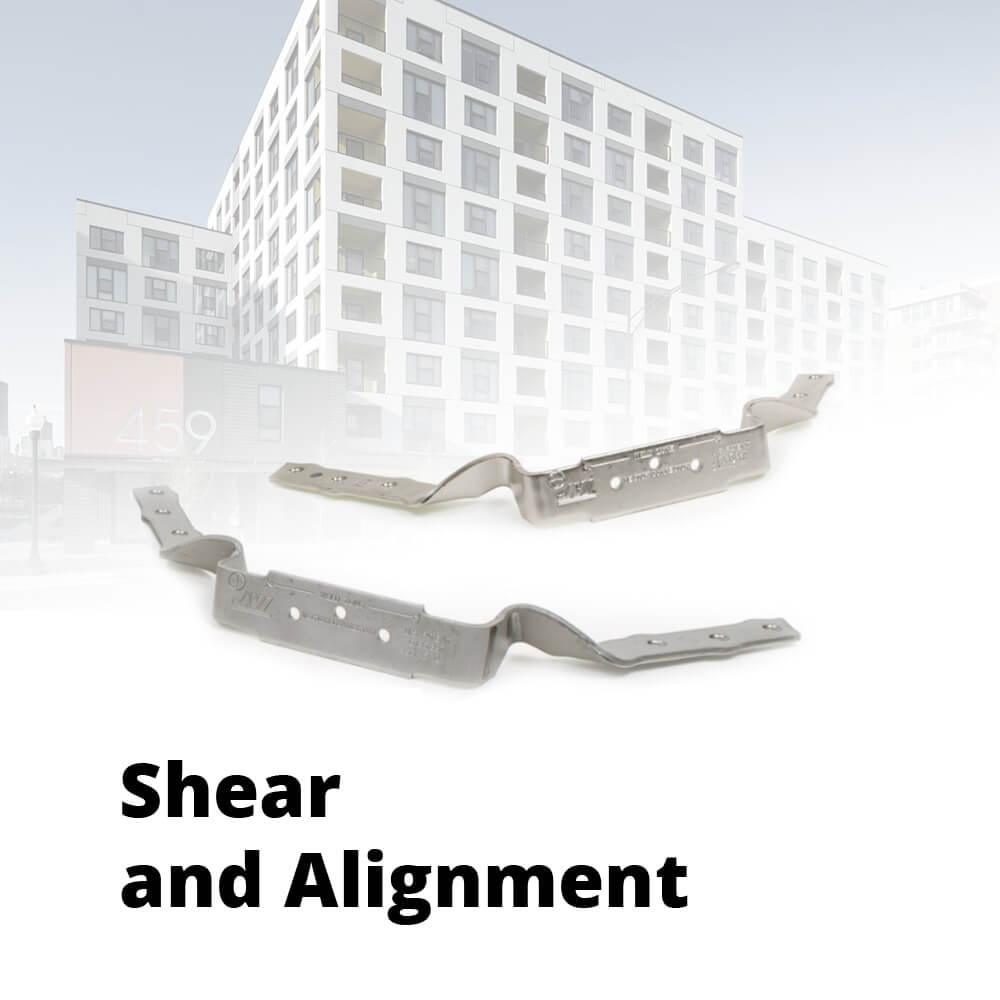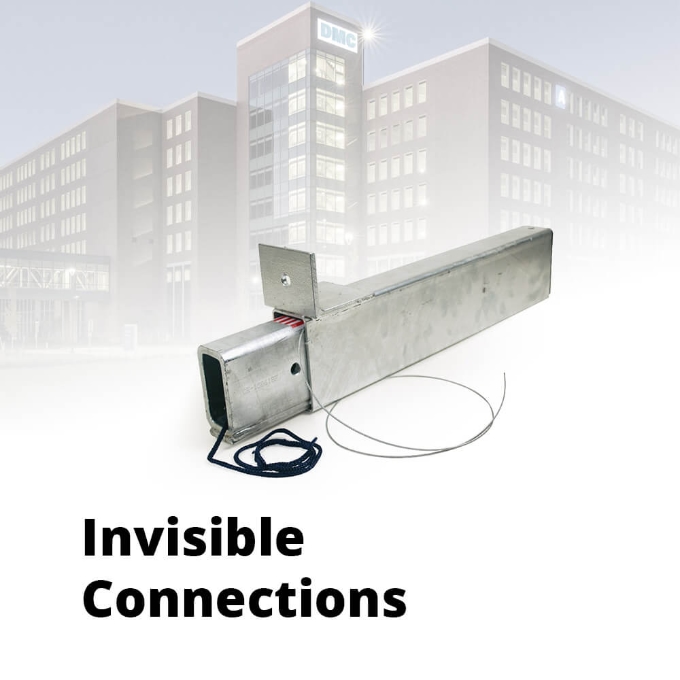
Gemba Walk: Where the Real Work Happens
Credit: Original article published here.
Insanity is defined as doing the same thing over and over again, and expecting different results. If you never stop to take a look – and I mean a real hard look – at what you are doing, you will always be stuck with your existing performance.
An interesting solution to this problem is known as ‘Gemba’ (sometimes referred to as going for a Gemba walk), and it is an essential part of the Lean management philosophy. Its initial purpose is to allow managers and leaders to observe the actual work process, engage with employees, gain knowledge about the work process and explore opportunities for continuous improvement.
But first, what is Gemba? The term comes from Japanese (現場) and is commonly translated as “the real place.” Japanese police could refer to a crime scene as gemba, and TV reporters often refer to themselves as reporting live from gemba. In Lean management, Gemba is the most important place for a team, as it is the place where the real work happens. This could be on the manufacturing floor or in the back office.
There are 3 important elements of this Lean manufacturing tool:

- Go and see. The main idea of the Gemba walk is managers and leaders on every level taking regular walks around the shop floor and getting involved in finding wasteful activities.
- Ask why. The main objective of a Gemba walk is to explore the value stream in detail and locate any problematic parts through active communication. A good leader is always eager to listen, rather than talk. This step lends itself to different techniques, such as the five whys, in order to identify problematic parts of the process.
- Respect the people. Keep in mind that a Gemba walk is not a ‘boss walk.’ Pointing fingers and blaming people is not the purpose of this walk. You are not there to judge and review results. You are there to collaborate with the team and find problems together. Try to focus on finding the weak spots of the process, not the people.
Post Gemba walk
Before you take any actions based on your Gemba walk observations, you will need some time to organize your thoughts and notes. Feedback is important, but early feedback may be devastating. Here is why you need to sit down with the leadership team and carefully analyze the situation.
Use all the data that you collected as part of your continuous improvement process, also known as a Gemba Kaizen circle. It is a meeting held after each Gemba walk that may include a few participants from different departments. The main purpose is to have as many different points of view as possible in order to make the best decision. A decision that will actually bring improvement.
It is important to go around the shop floor and collect insightful information about what needs to be improved. However, what matters most is to go back where you started. A post-Gemba walk closes the loop and shows respect to the people that have been observed. This will make it much easier to lead a successful Gemba walk in the future.
Performing Gemba walks on a regular basis can offer some significant advantages like:
- Building stable relationships with those who actually do the work and create value.
- Identifying problems and taking actions for achieving continuous improvement much faster.
- Clearly communicating goals and objectives leading to increased employee engagement.
Steve Kloos
Vice President – Quality Control





